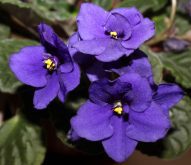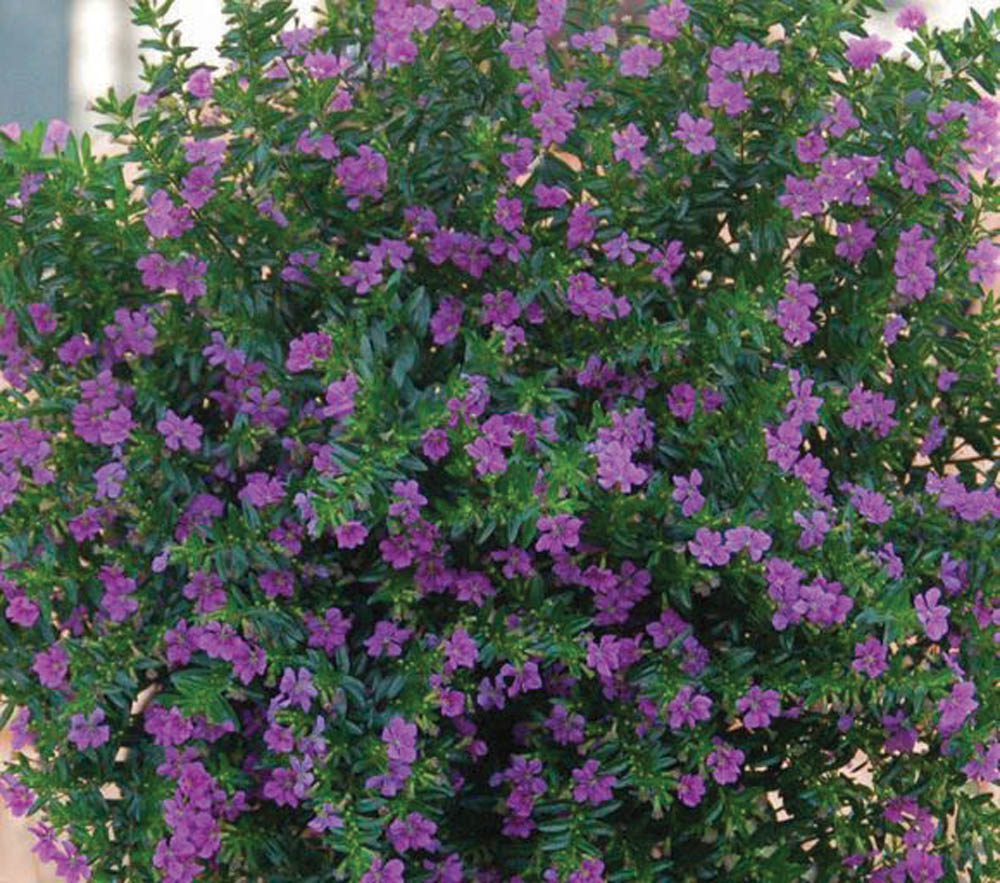Sometimes in our quest to create beautiful gardens we focus on new varieties of plants that are popular at the moment. This is particularly true of the shrubs and the plant hybridizers have recognized this and are churning out new varieties by the dozens. Although using new shrub varieties can lead to great results (some of these new introductions are stunning) there are pitfalls to be aware of.
New varieties have not been time tested over the decades, and some prove to be not as hardy. Not so with the tried-and-true old favourites which have been used in both rural and town gardens for years; they have proven their worth and have survived over time to contribute beauty to rural landscapes. One factor driving the demand for “new-and-improved” varieties of shrubs is the ever-decreasing size of urban yards as houses grow larger and lots smaller; there is a huge demand for trees and shrubs that will fit into small spaces.
Read Also

Growing garlic by the thousands in Manitoba
Rebekah Sandford planted 28,000 garlic plants by hand last year on her operation near St. Malo, Manitoba. She’s one of the few local garlic growers in the province and on the Prairies.
One old favourite — the honeysuckle — has somewhat resisted efforts to have numerous new cultivars developed although there have been a few new introductions. The honeysuckle, of the genus Lonicera has many positive attributes, such as being completely hardy and able to cope with whatever Mother Nature throws at it, including very cold winters, drought, wet spells, and extreme summer temperatures.
Until fairly recently the honeysuckle variety most commonly used in rural yards was L. tatarica “Arnold Red.” This is a large, attractive shrub, easily reaching a height of over three metres when it matures, with the blue-green foliage characteristic of most honeysuckle varieties, and producing dark-pink flowers and vibrant-red berries. Although many mature specimens of “Arnold Red” still abound, breeders have developed species which have some resistance to the aphid, which is the main pest that attacks honeysuckles. (Insecticides also can be used to control the pests.) Fortunately, most of these newer varieties retain many of the qualities which have made the honeysuckle such a reliable shrub in Prairie gardens.
A tatarian honeysuckle, “Honeyrose,” is one of these newer varieties. This is a tatarian honeysuckle the same as “Arnold Red.” Both have a tall, rather leggy appearance; they are multi-stemmed, finely branched shrubs that are generally bare of foliage on the bottom metre or so. This makes them great accents in the landscape because they are easy to mow under, even with a riding lawn mower commonly used in rural landscapes. When these shrubs are used in a border, however, they should be underplanted with shorter shrubs, or placed at the back of a border that is viewed from one side only. “Honeyrose” produces deep, rosy-red flowers and red berries, and has the same attractive blue-green foliage as “Arnold Red.”
Better choices for foundation plantings, hedging and shrub borders are the bushier, more compact species often referred to as globe honeysuckles, because they tend to keep their global shape without being trimmed. These Lonicera xylosteum varieties have the characteristic blue-green foliage of other honeysuckles but they do not flower prolifically and their fruit is sparse. A very popular variety is “Clavey’s Dwarf” which has been around for years and grows about 1.5 metres tall.
Dwarf forms of globe honeysuckle have been developed to satisfy consumer demand, and two of the newer introductions are “Miniglobe” and “Bush.” These are naturally globe shaped and because they grow less than a metre in height, make great foundation plants or for use in beds and borders with perennials. Not all of the dwarf honeysuckles have the characteristic blue-green foliage; some of them even have rather glossy foliage, and many have yellow rather than red flowers.
There is also a honeysuckle vine. Lonicera brownii “Dropmore Scarlet” is a hardy, graceful vine with attractive foliage and scarlet, trumpet-shaped flowers. It has been on the market for years and looks great on trellises and fences, but these have to be sturdy and substantial because this is a big vine producing an abundance of growth. It is easy to grow, can withstand heat and drought, and its trumpet-shaped flowers attract hummingbirds, bees and butterflies. Aphids can be a problem.
From tall specimen shrubs to well-behaved globe-shaped shrubs, and even a climbing vine, the honeysuckle family has a lot to offer. Even though considered “common” by some people, the honeysuckle continues to be used in many landscapes.



















